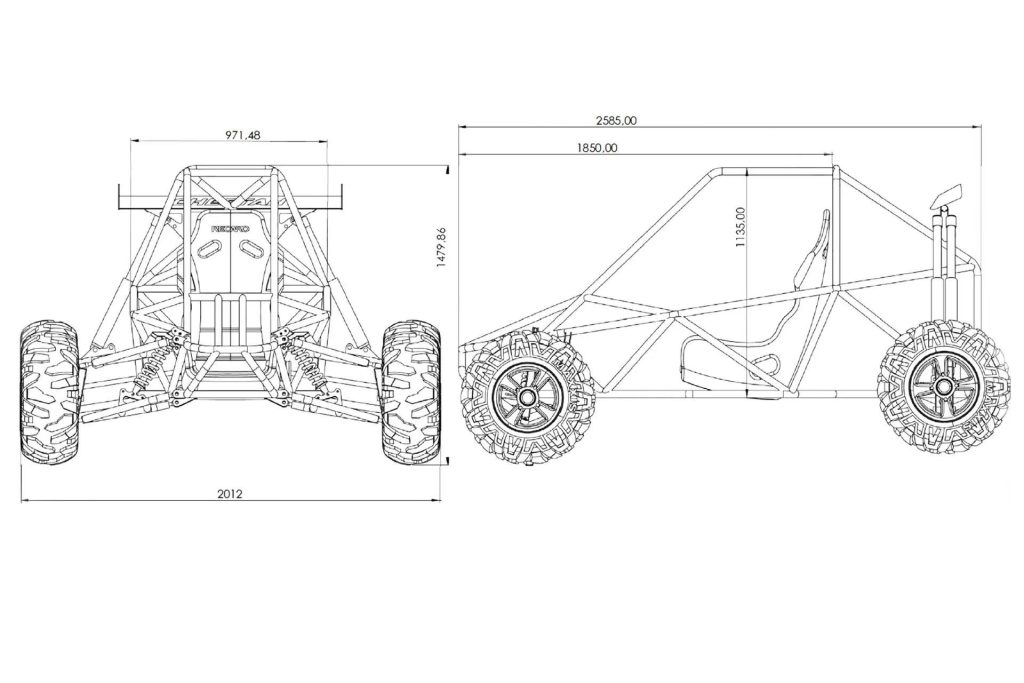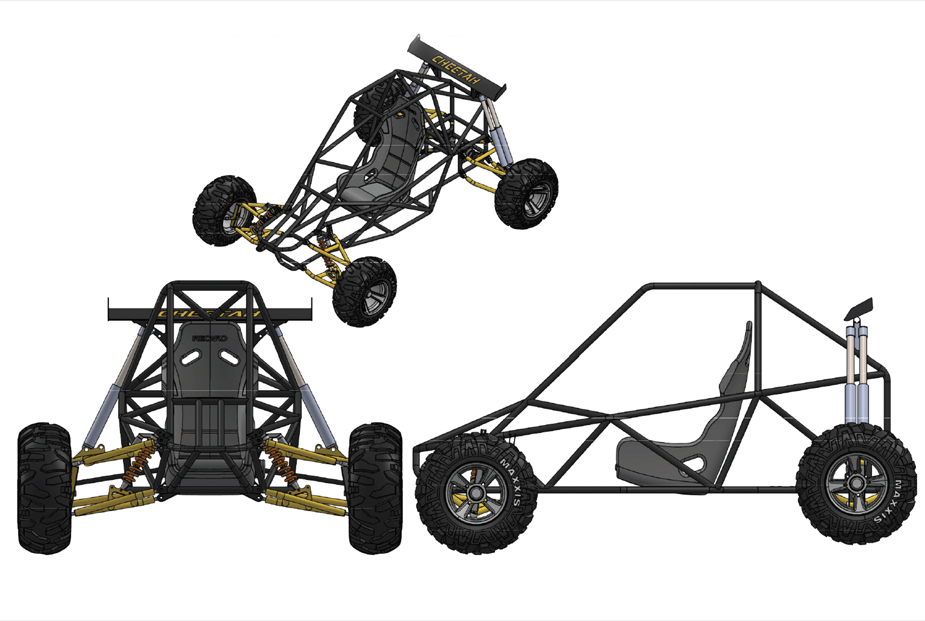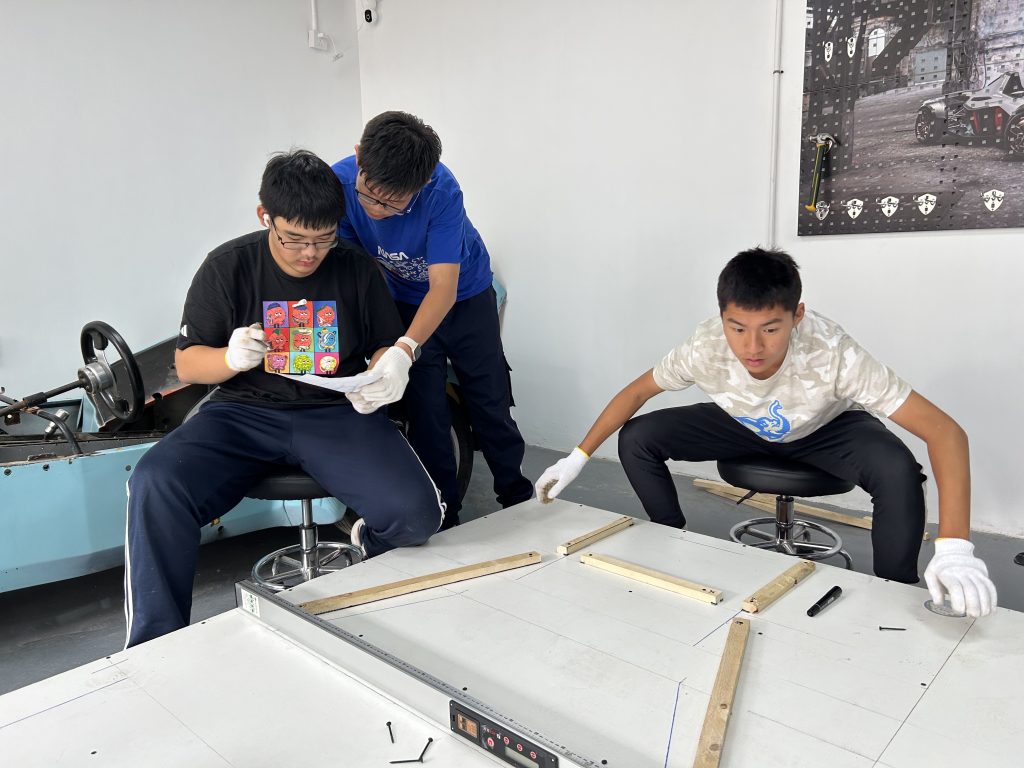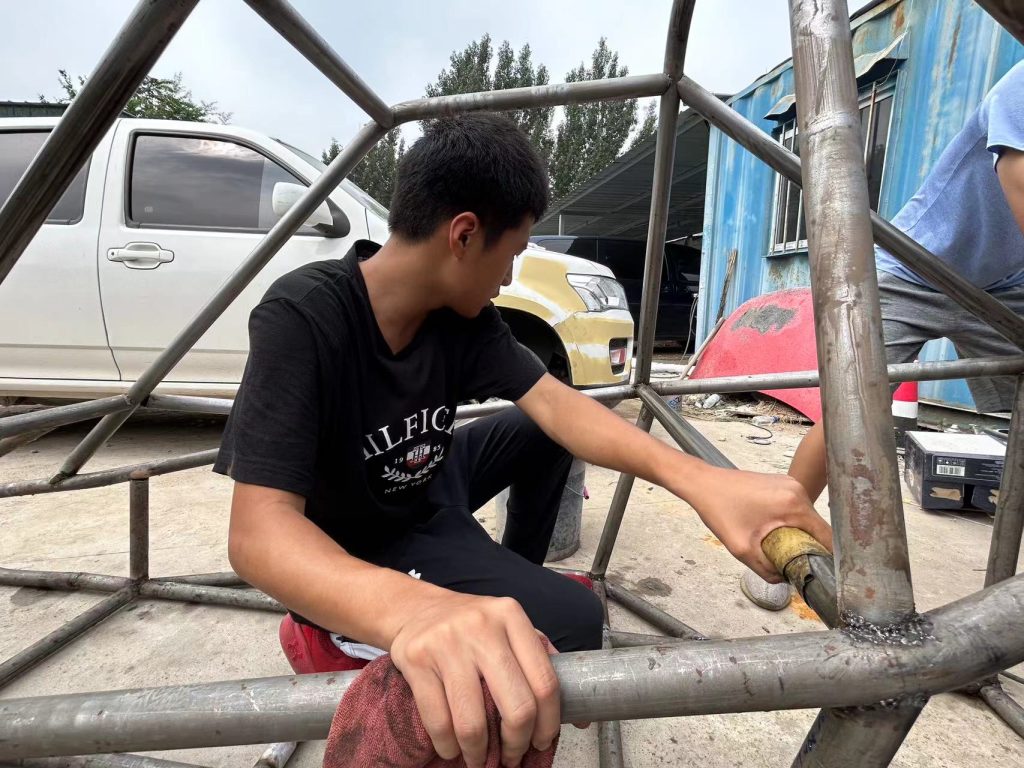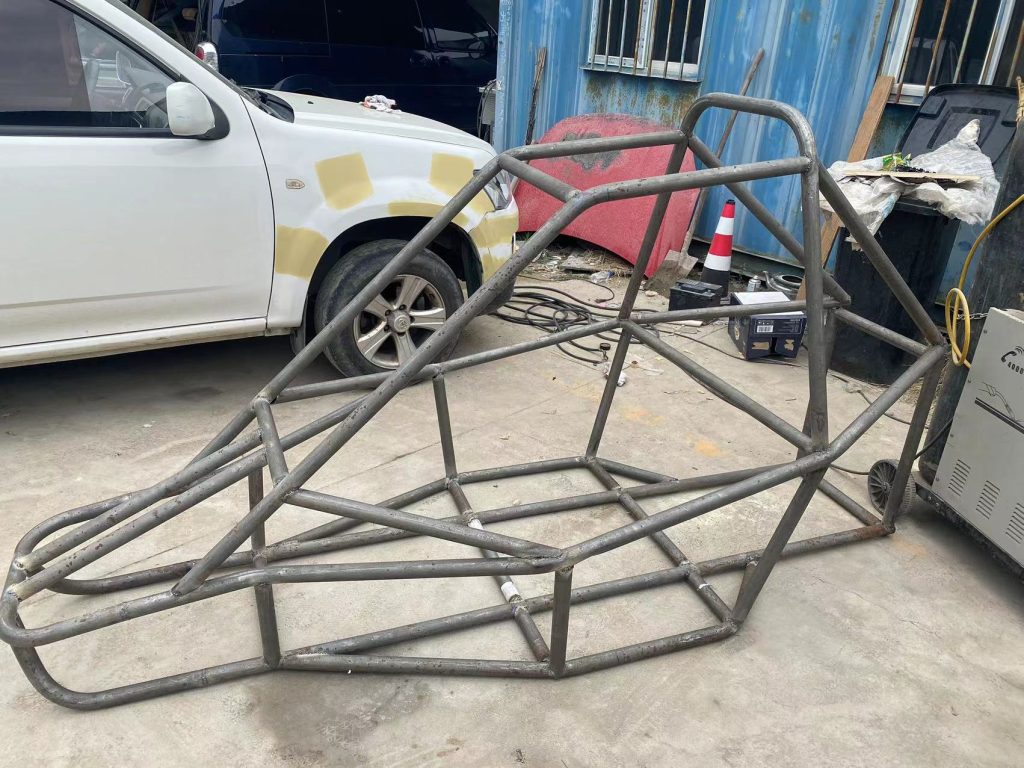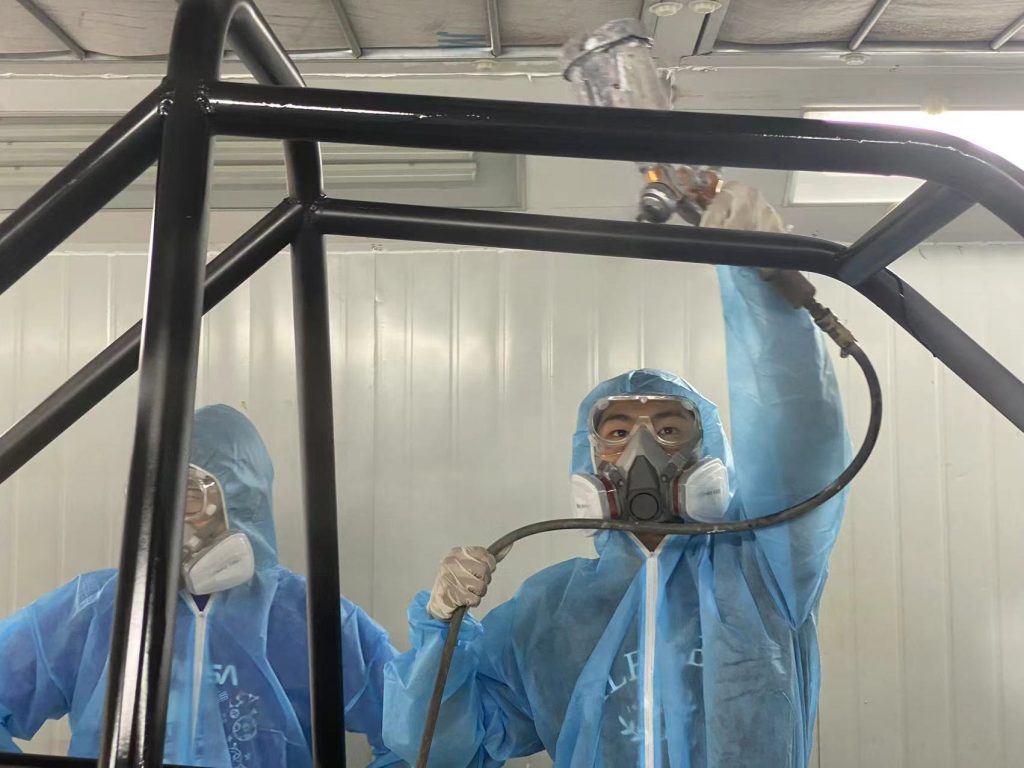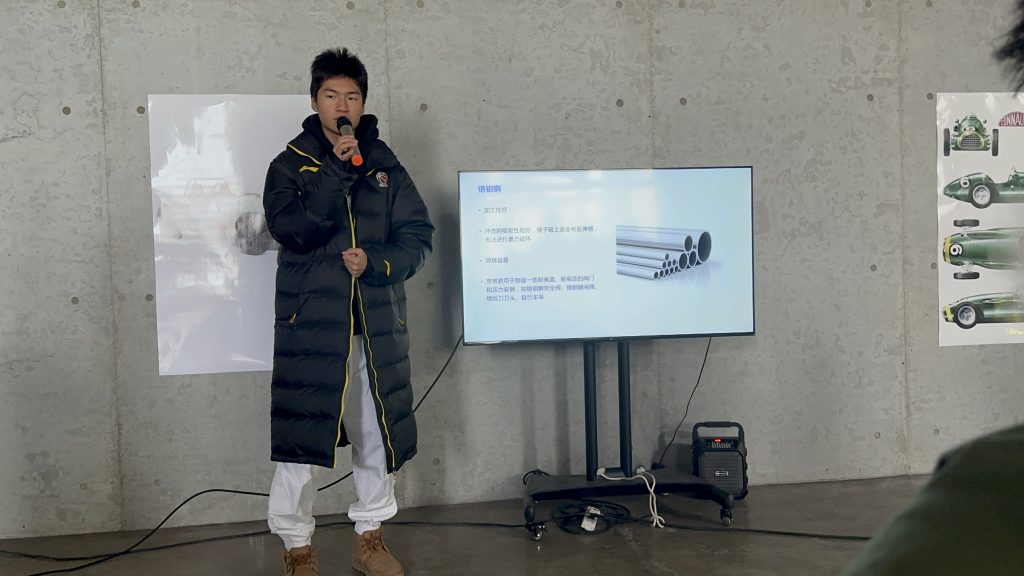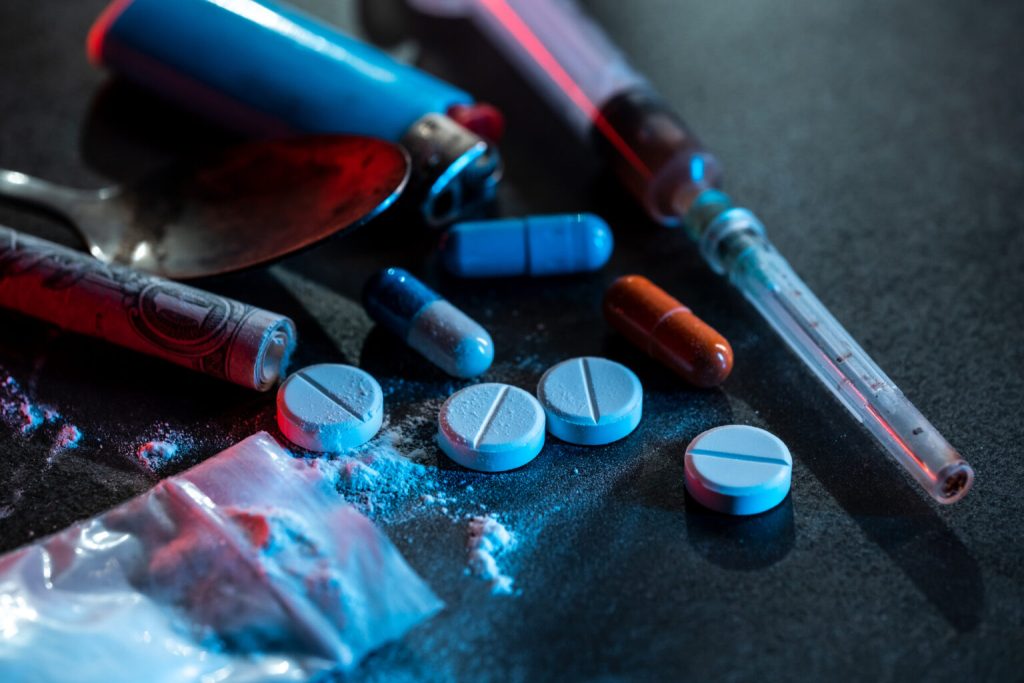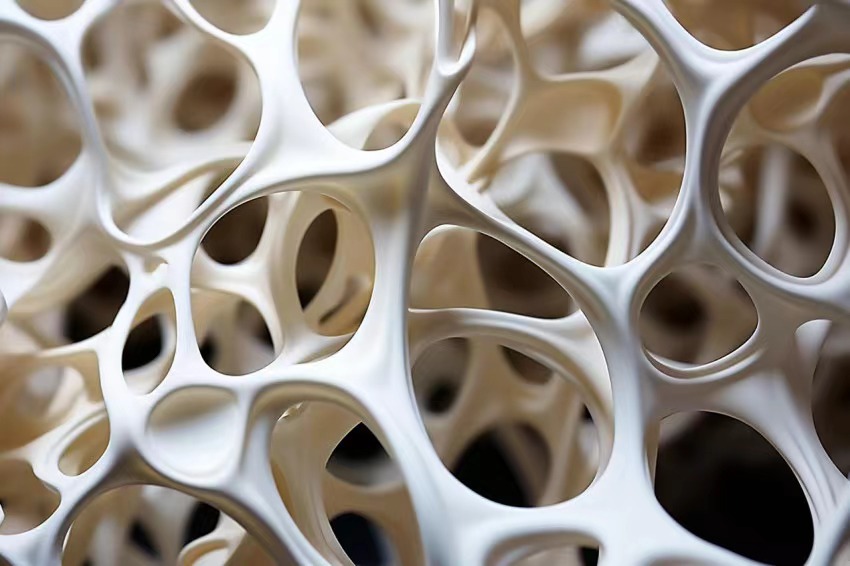The Role of Extreme Sports in the Therapeutic Management of Post-Traumatic Stress Disorder
03/2024
Abstract:
This paper explores the role of extreme sports in treating post-traumatic stress disorder (PTSD). PTSD affects humans and animals, with a significant portion of the American population, including veterans, athletes, and dancers, being affected. Extreme sports have gained popularity. For veterans with PTSD (D-PTSD), extreme sports like rock climbing, parachuting can help release stress and focus attention, as seen in studies. For athletes and dancers with PTSD, while some cases may be related to sexual assault beyond the reach of sports, physical activity in general can be beneficial. Overall, combining extreme sports with psychological treatments and reducing traumatic events is a comprehensive approach to treating PTSD.
